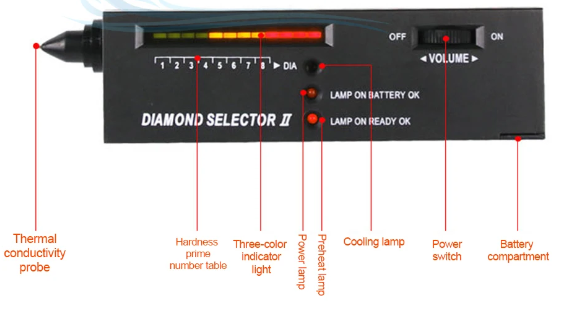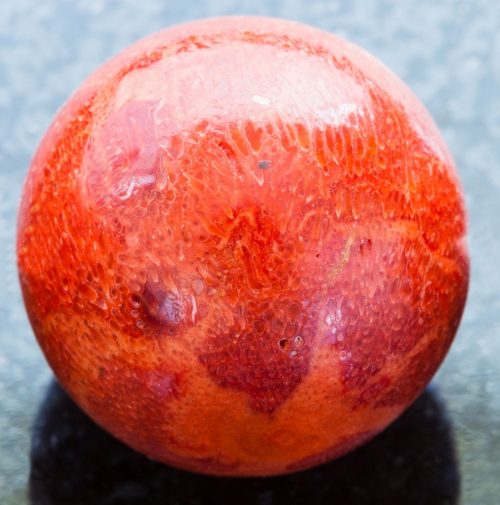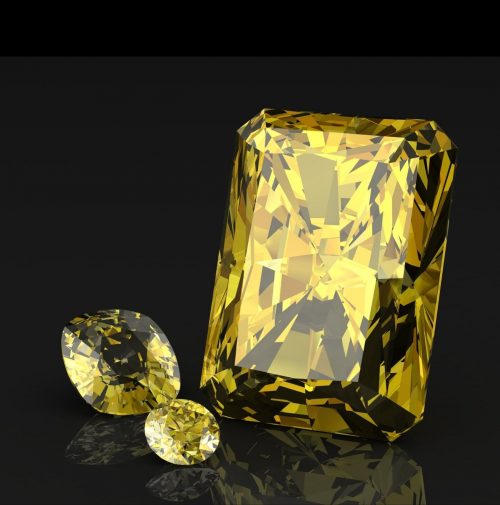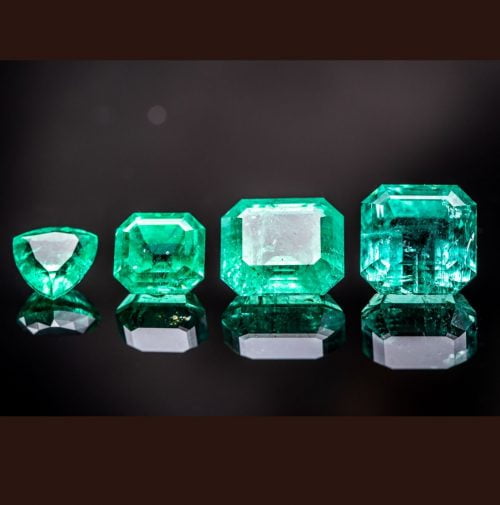Unveiling the Secrets of Gemstone Hardness: A Journey Through the Mohs Scale

Gemstones have long fascinated humans with their dazzling colors, intricate patterns, and mystical properties. But have you ever wondered how these precious stones measure up when it comes to hardness? Enter the Mohs scale of mineral hardness, a groundbreaking system created by German mineralogist Friedrich Mohs in 1812. This qualitative scale provides a fascinating insight into the scratch resistance of various minerals, forming the basis for understanding the durability of gemstones.
The Mohs Scale: A Brief Overview:
The Mohs scale ranges from 1 to 10, with 1 being the softest and 10 being the hardest. This scale is not only a tool for geologists and gemologists but also an essential guide for those who appreciate and collect gemstones. Let’s take a closer look at some common gemstones and their corresponding Mohs hardness.
- Talc (Hardness: 1):
- The softest mineral on the Mohs scale, talc is delicate and often used in various industrial applications.
- Gypsum (Hardness: 2):
- Slightly harder than talc, gypsum is a versatile mineral with applications ranging from construction to art.
- Calcite (Hardness: 3):
- Commonly found in marble and limestone, calcite’s moderate hardness makes it a fascinating mineral in geological formations.
- Fluorite (Hardness: 4):
- A colorful and vibrant mineral frequently used in jewelry, fluorite adds a touch of elegance to any collection.
- Apatite (Hardness: 5):
- With a variety of colors, apatite is not only beautiful but also a mineral of interest to scientists studying geology and paleontology.
- Orthoclase Feldspar (Hardness: 6):
- Commonly found in granite, orthoclase feldspar contributes to the composition of many igneous rocks.
- Quartz (Hardness: 7):
- One of the most common minerals, quartz comes in various forms, including amethyst, citrine, and agate, showcasing both beauty and durability.
- Topaz (Hardness: 8):
- A popular gemstone available in an array of colors, topaz captivates with its brilliance and durability.
- Corundum (Hardness: 9):
- Including both ruby and sapphire, corundum is a prized gemstone admired for its hardness and vibrant hues.
- Diamond (Hardness: 10):
- The hardest mineral on the Mohs scale, diamond stands as a symbol of enduring strength and timeless beauty.
Understanding Gemstone Durability:
While the Mohs scale provides a valuable guide to a gemstone’s hardness, it’s crucial to remember that hardness is just one factor influencing durability. Other aspects, such as cleavage, brittleness, and toughness, also play significant roles in determining a gemstone’s overall ability to withstand wear and tear.
In conclusion, the Mohs scale opens a window into the fascinating world of gemstone hardness, allowing enthusiasts and collectors alike to appreciate these treasures with newfound knowledge. Whether you’re drawn to the delicate allure of talc or the enduring brilliance of diamond, understanding the Mohs scale adds depth to the appreciation of these geological wonders.








Connect me